Pietramala and Its Legend
Pietramala, the Stone of San Zanobi, and Its Legend
According to the legend, during one of his visits to the Pietramala area, San Zenobio managed to convert many people living in the surrounding mountains. This angered the Devil, who decided to put an end to the saint's activities by challenging him.
The Devil proposed a competition to San Zenobio: whoever could carry the largest stone from the Idice River to the top of the hill would win and gain control over all souls. Zenobio accepted the challenge.
The Devil immediately hoisted an enormous boulder onto his shoulders and started ascending the path along the mountainside. However, Zenobio, with divine assistance, discovered an even larger stone and effortlessly lifted it with just his pinkie finger. He said to the Devil, "I will carry my stone so far from you that you won't be able to see it."
After a while, the Devil began to tire and thought, "Zenobio can never carry his stone so far that I won't be able to see it." So, he placed his stone where he was.
Zenobio, who was near a ridge, outpaced the Devil and set his stone on the other side of the ridge, hiding it from the Devil's view. Retracing his steps, Zenobio told the Devil that he had won the challenge because he had taken his stone farther than the Devil could see.
Realizing that he had not only lost in physical strength but also in cunning, the Devil became furious and destroyed his stone in anger before vanishing in a cloud of smoke and sulfur. Since then, that place has been known as the "Sasso della Mantesca."
Even today, various versions of this legend are passed down, all symbolic of the eternal struggle between good and evil, represented by San Zenobio and the Devil.
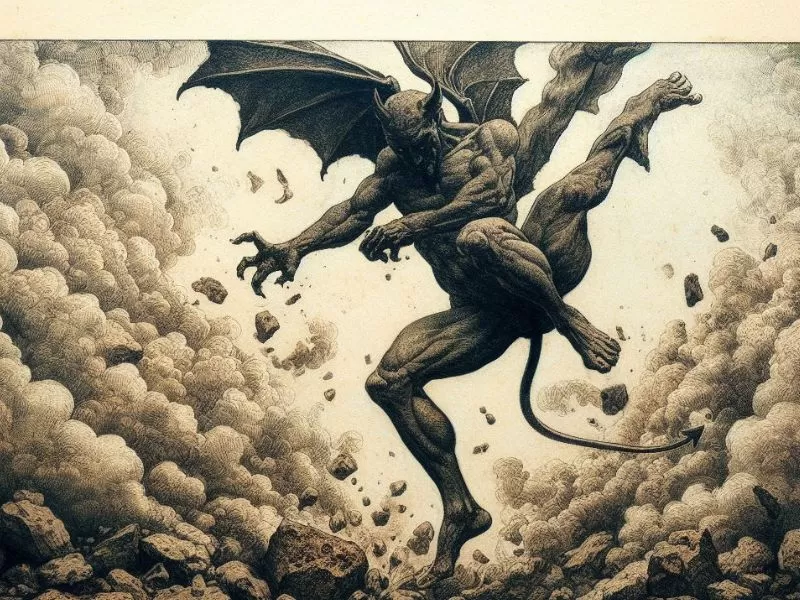
Altri articoli
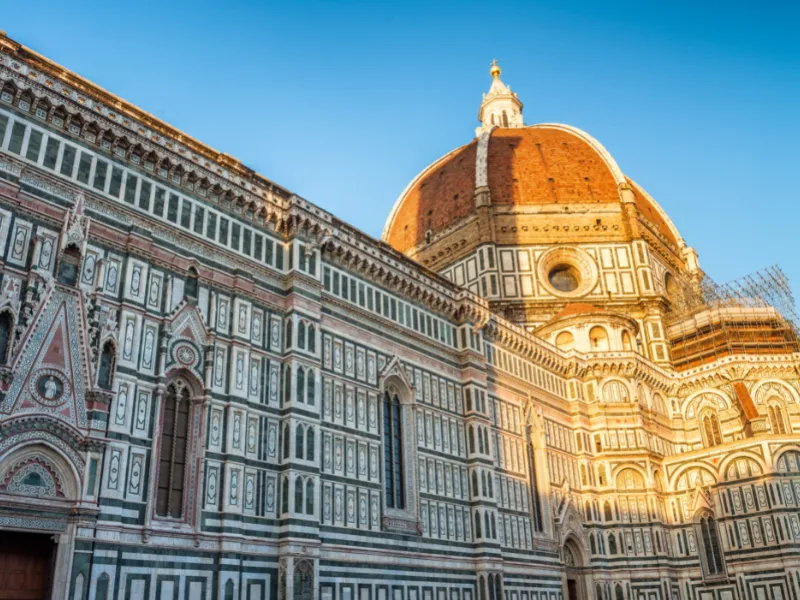
A grass hopper cage.
Michelangelo wanted a prominent frame without a gallery: an essemptial, simple architecture to accentuate the size of the dome!
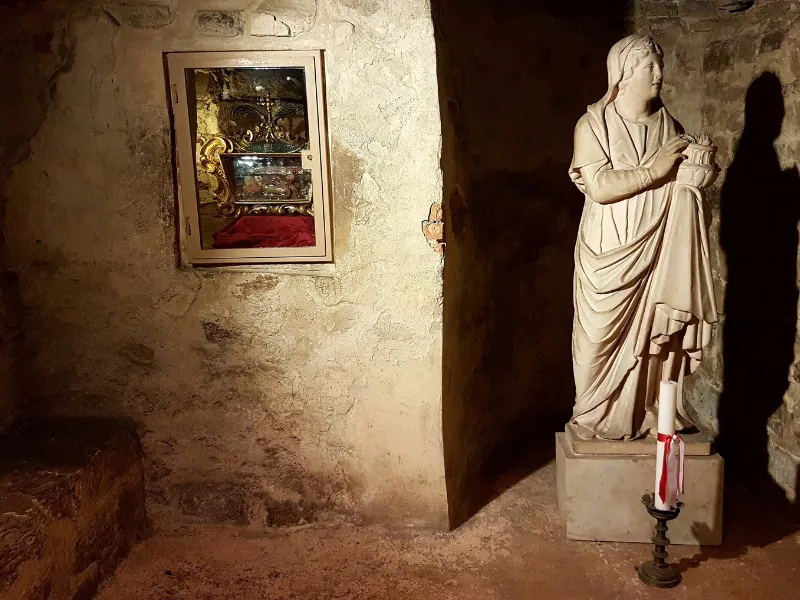
Santa Reparata and its precious remains
Santa reparata was destroyed only at the end of the XIV century when works for the edification of the new one were going on.
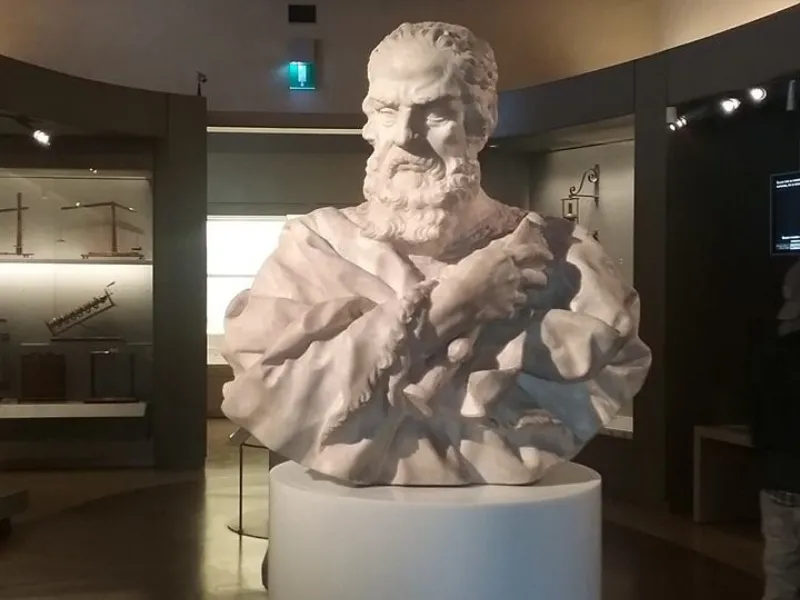
Galileo Galilei kneels in front of the church
In 1632 the scientist published his "Discorso sui massimi sistemi" and he risked to be burnt at the stake
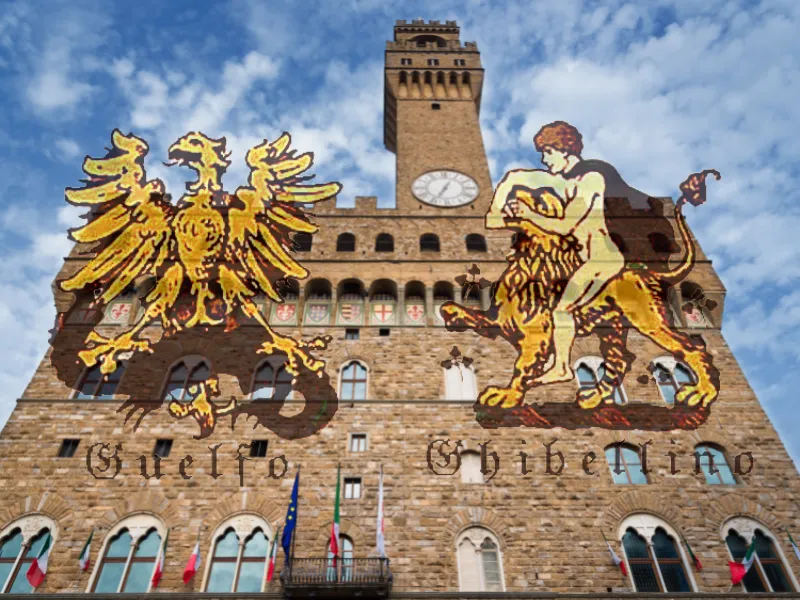
Dante's Florence
Remember that at the time Dante entered public life an extraordinary activity manifested itself in all branches of public works

